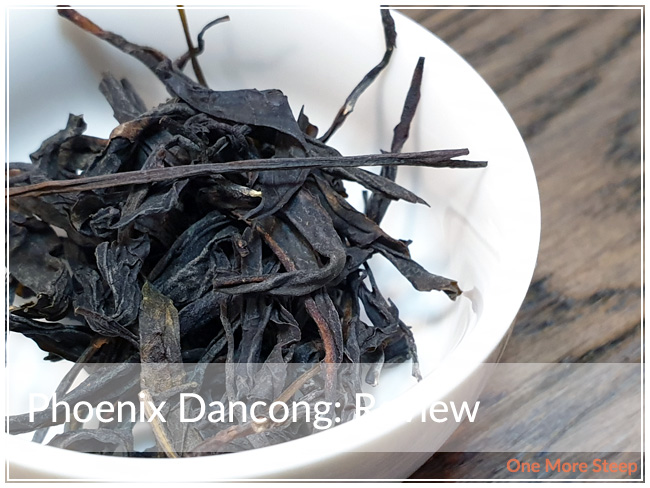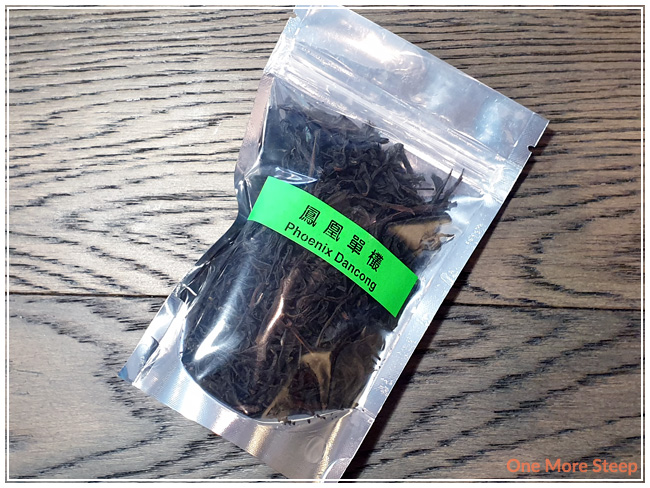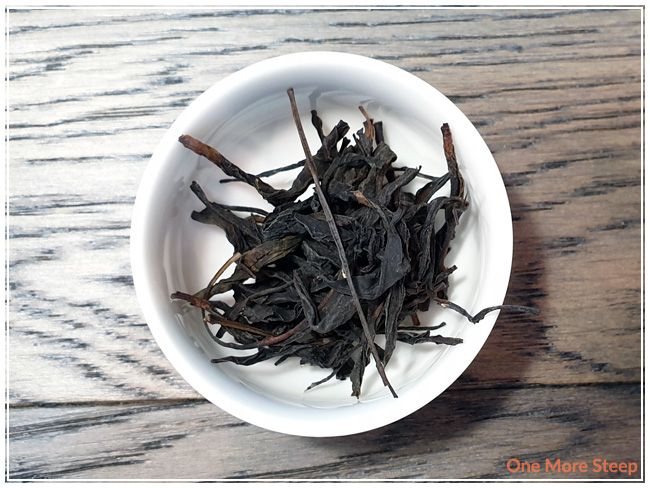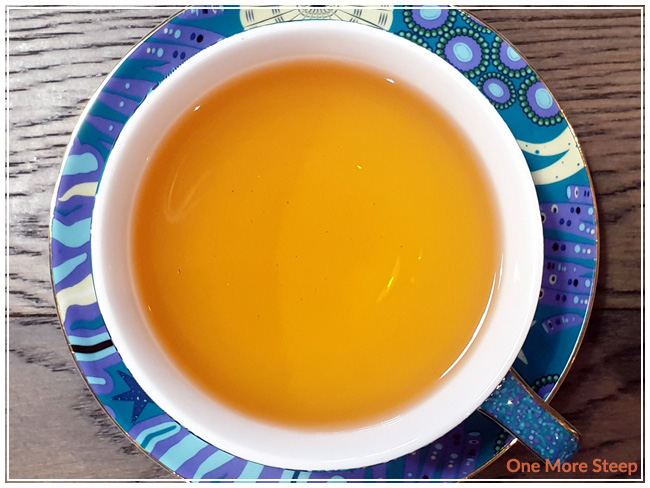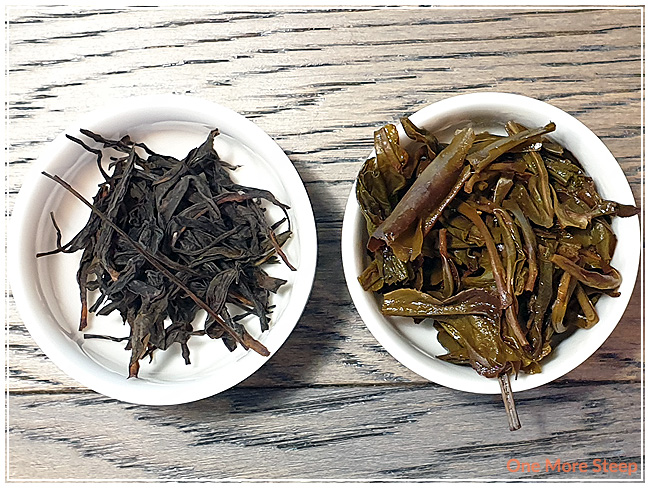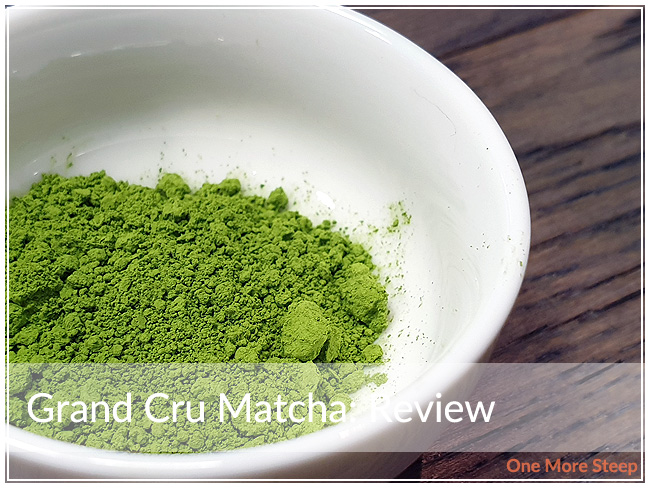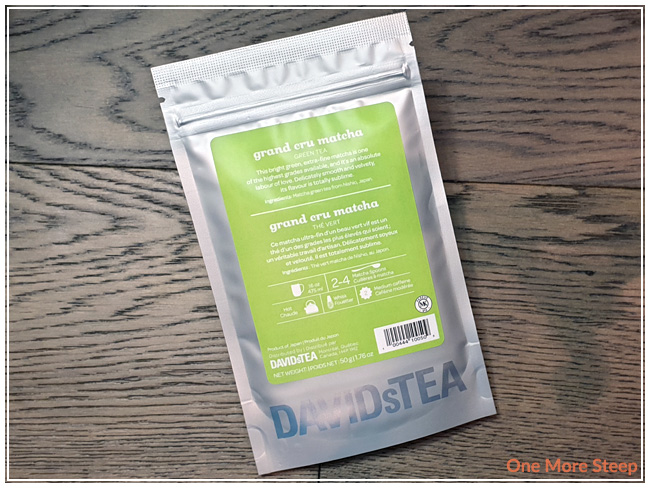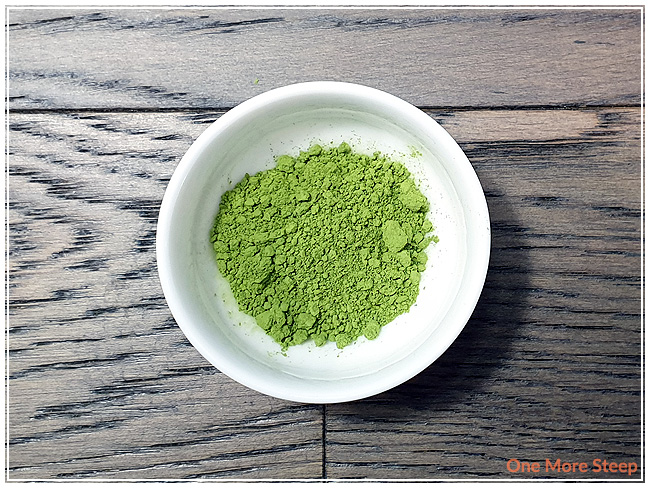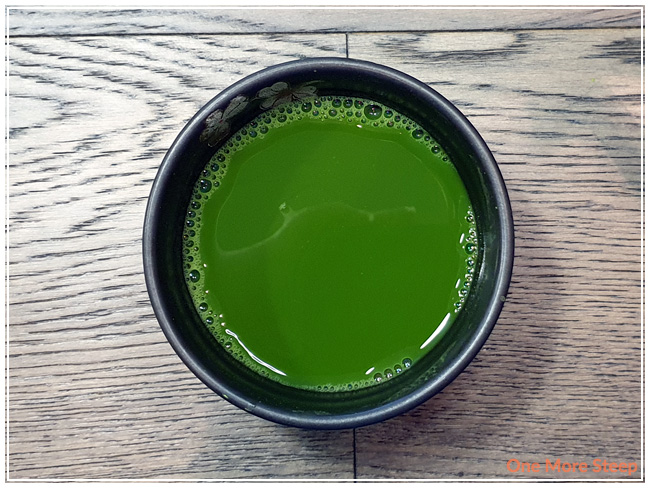Glenburn Monsoon by Palate Tea
Black Tea / Straight
$7.00 for 100g
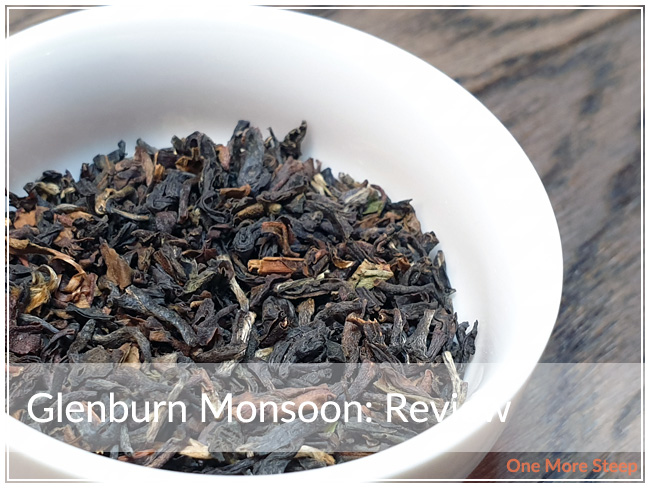
First Impressions
I first tried Glenburn Monsoon at the 2018 Vancouver Tea Festival, where Palate Tea had this tea available for sampling and sale. The tea gets its name from the time of year that it is harvested – not spring, not autumn, but during monsoon season (which occurs during late summer), as well as from the estate/tea farm that it was harvested at (Glenburn, in India).
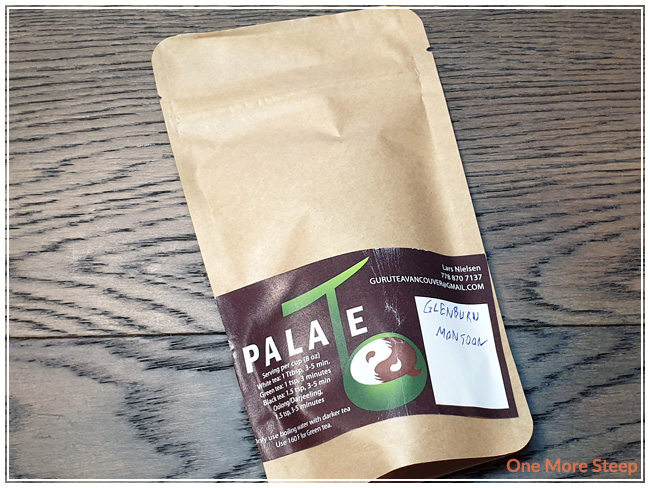
This black tea has a lovely mix of leaves – mostly short dark leaves with some lighter leaves mixed in. The aroma of Glenburn Monsoon is slightly salty, with a grassy aroma. It reminds me a lot of the aroma of some green teas.
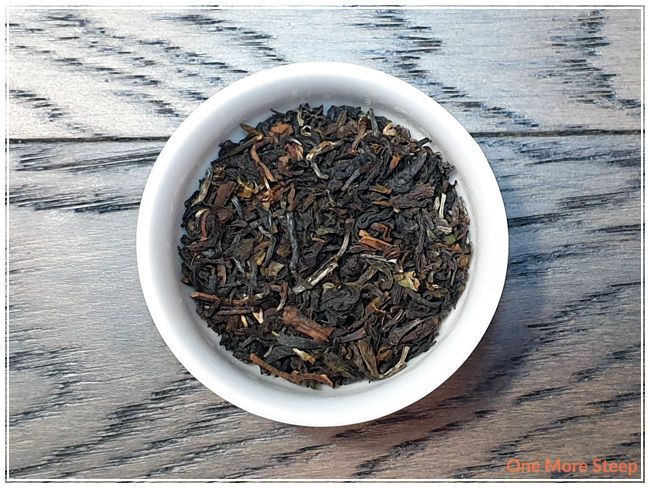
Preparation
I opted to steep Glenburn Monsoon in 100°C (212°F) water for 3 minutes. If you ever come across a tea without instructions, you can see my steeping guide.
First Taste
Glenburn Monsoon steeps to a beautiful orange colour. There’s a lovely aroma that smells grassy. The tea itslf has a slightly thickened mouthfeel, which leads to a nice coating in my mouth as I sip it. The flavour is a mix of fruity and toasted nuts, which is a pleasant surprise compared to the grassy notes from the dry leaf. For a straight tea, it’s pleasantly complex and lovely to drink. There is a grassy aftertaste with each sip.
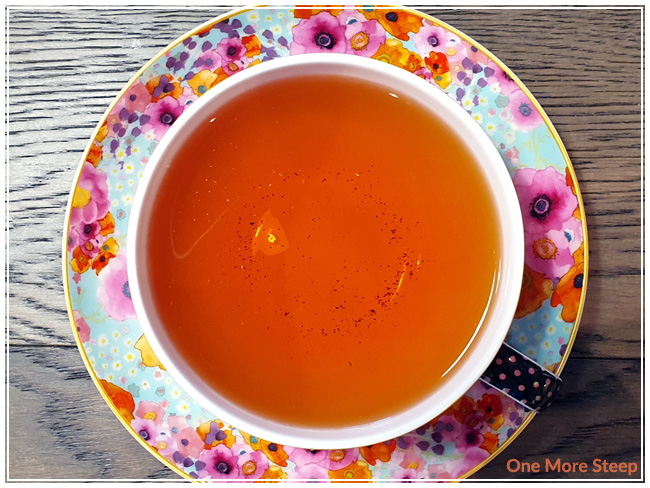
I did pour a second cup from my tea pot, and had it with a little bit of locally harvested honey and some evaporated milk. I found that the honey brought out more of the fruity flavour from the tea.
A Second Cup?
I resteeped Glenburn Monsoon four times (five steeps total), and added an additional 30 seconds for each subsequent steep. The flavour of the tea became more fruity and less nutty with each steep, which was pleasant to drink.
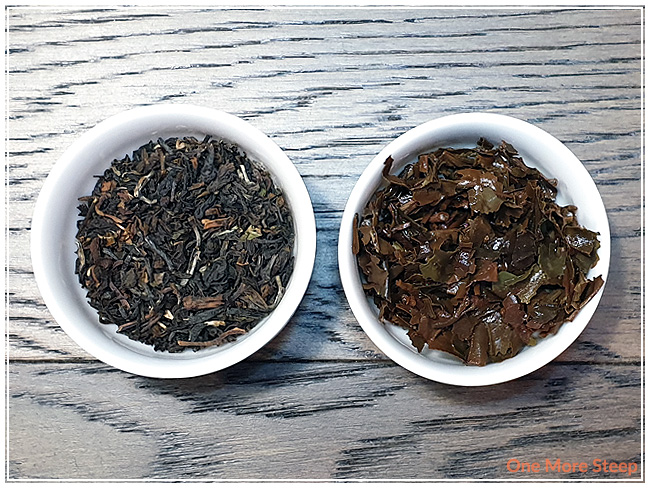
My Overall Impression
![]()
I loved Palate Tea’s Glenburn Monsoon. I found this black tea to be wonderfully complex from the dry leaf and through each steep. While I liked the mix of fruit and nuts flavour of the straight tea, I found it to be even better for me with a bit of honey and evaporated milk. It has a great flavour, and I really liked the mouthfeel of this tea. I think it’d be a great addition to my afternoon tea line-up since I often like teas that take well with cream and sugar.
Curious about the cup rating system? Click here to learn more.
